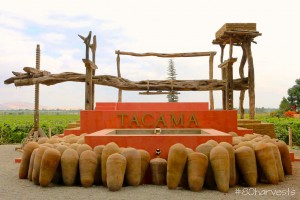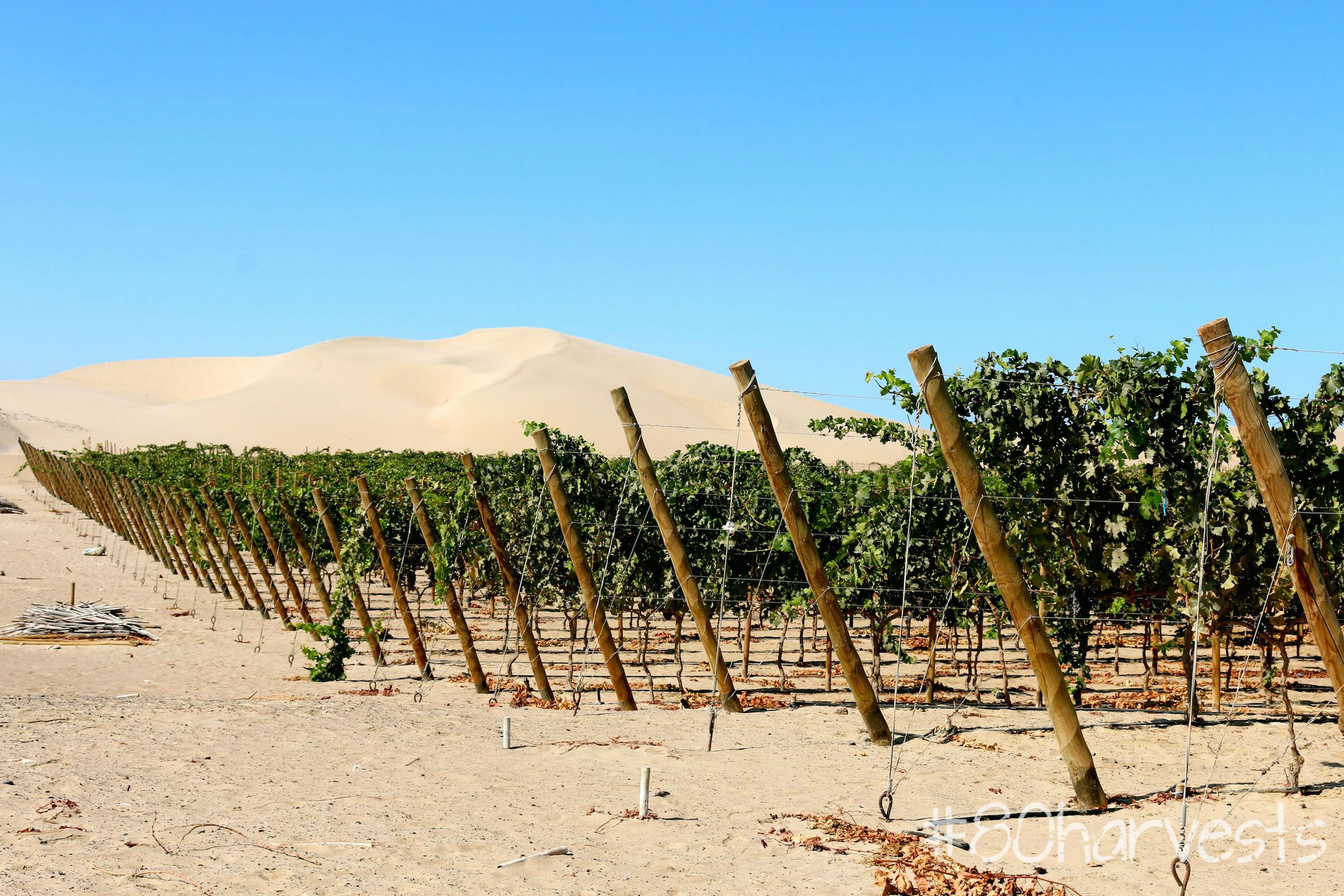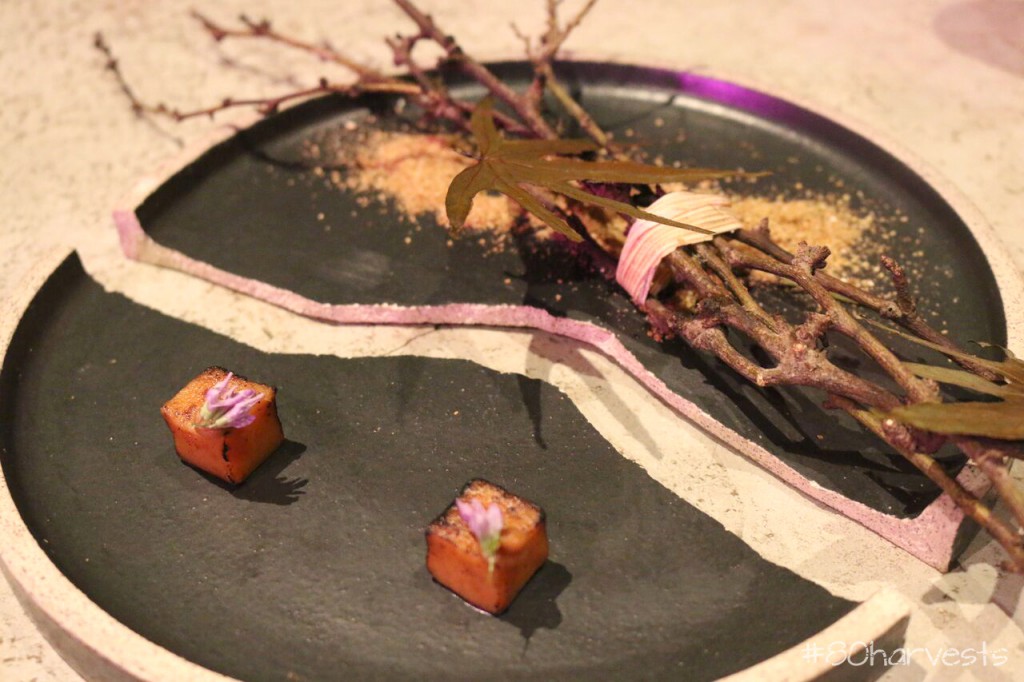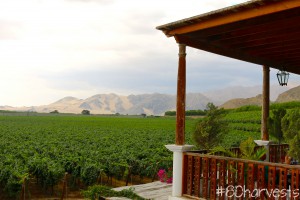Peru might not be the very first South American country to spring to mind for wine, but it was in fact the first. The Spanish colonisers wasted little time before planting their first vines on arrival in the mid 1500s, which marked the beginning of Peru’s modern history as a wine producer.
The first vineyards were planted up in the heights of Cusco, near the mecca of Incan Peru – Machu Picchu. However planting was easier in lower lands towards the coast and so the wine mecca soon became Ica, a warm region surrounded by sand dunes and watered by the mountain rivers running through. To this day, Ica is the top spot for wine production in Peru and is also home to the national brandy, Pisco.
On the 14th parallel, the biggest challenge for Ica is producing quality wine with extreme sunshine and warmth. The climate lends itself very nicely to growing grapes high in sugar which are ideal to make equally high in alcohol Pisco; however winemakers have also seen late-ripening varieties with thick skins like Petit Verdot and Tannat adapt well here to create an interesting portfolio of wines.
Written for Around the World in 80 Harvests
What to taste

Quebrada de Ihaunco (Quebranta, Pepe Moquillaza)
Winemaker Pepe Moquillaza is on the road to revolution in Peru’s wine scene, and Quebrada de Ihuano is his first apostle. Made from the Pisco grape, Quebranta, the wine is tawny coloured with complex aromas and an attractive structure. It is unlike any other wine on the market in Peru so far, although hold on tight because this harvest he’s producing four more wines from Pisco varieties with Argentine winemaker Matias Michelini.
Don Jorge (Ancellotta, Vista Alegre)
An unlikely Italian variety, Ancellotta works well in Ica offering a mature and ripe nose with a spicy finish and good acidity for the warmer climate here. Another long-running winery in Peru, Vista Alegre dates back to 1857. Try this with rich stew dishes.

Traditionally used as a backbone for blending, Petit Verdot is rarely seen alone – yet in Ica it takes on a much more approachable, yet still dark, character. A top wine from Peru’s oldest winery, Tacama, which also makes a very appealing Tannat at this level too.
Vinos de Arena (Luna Negra rose, Bernardo Roca Rey)
This rose comes from the lesser-known Luna Negra variety which has been planted in a new vineyard just a few kilometers from the sea on a sand dune. The maritime influence is very present resulting in a refreshing, salty pink with attractive red fruit to balance out the characteristic salinity. Cool.
Intipalka (Sauvignon Blanc, Viñas Queirolo)
Probably one of the brands you will most likely see outside of Peru, Intipalka is an ambitious project making some 8 million litres a year. Their Sauvignon Blanc has lots of bright citrus and white fruit making it a very quaffable white to pair with ceviche and summertime.
Inquebrantable 1 (Pisco, Pepe Moquillaza)
I had to pick a Pisco of course, even if it isn’t strictly wine any more. This one started out as a wine made from 100% Quebranta, and now as the producer Pepe would say – it has moved on to become a spirit in more ways than one. This Pisco is complex: fresh apples muddle with warm hay and earthy notes, the mouth is voluptuous with a savoury note and oriental spice. The smooth creaminess lulls you into a false sense of security, forgetting its high alcohol content. Drink it straight.
What to eat
Peru is a hotbed of great cuisine. Renowned as one of the top gastronomy destinations in the world, Peru’s capital, Lima, is a foodie’s paradise. Make sure to try plenty of local dishes including Ceviche, Lomo Saltado (spicy stir fried beef) and Cuy (spit-roast guinea pig).
A top restaurant pick in Lima is Central, the flagship of young gun chef Virgilio Martinez who is a master of reinterpreting native ingredients and elevating them to a new level.
In Ica proper, you’ll find more local restaurants serving up hearty dishes of Peruvian favourites. Try La Olla de Juanita to experience a popular local eatery where the plates are even fuller than the bursting-at-the-seams restaurant.
Stay between the vines at Quierolo wine resort. Just outside of the town of Ica, you’ll have a vista of the vineyards and wine tasting on hand for your stay. Enjoy an afternoon siesta by the swimming pool as your soak up the eternal Ica sunshine.
What to do
When in Peruvian wine country, you have to visit the oldest winery in South America – Tacama. Founded in 1540, there is plenty of history here and the winery is well-equipped for tourism (a rarity in Peru) with an explanatory video, professional tasting room, restaurant and an outdoors folkloric dance each day at midday.
For adventurists, step into the sand bowl town of Huacachina where you can try out a sand buggy and sand boarding.


